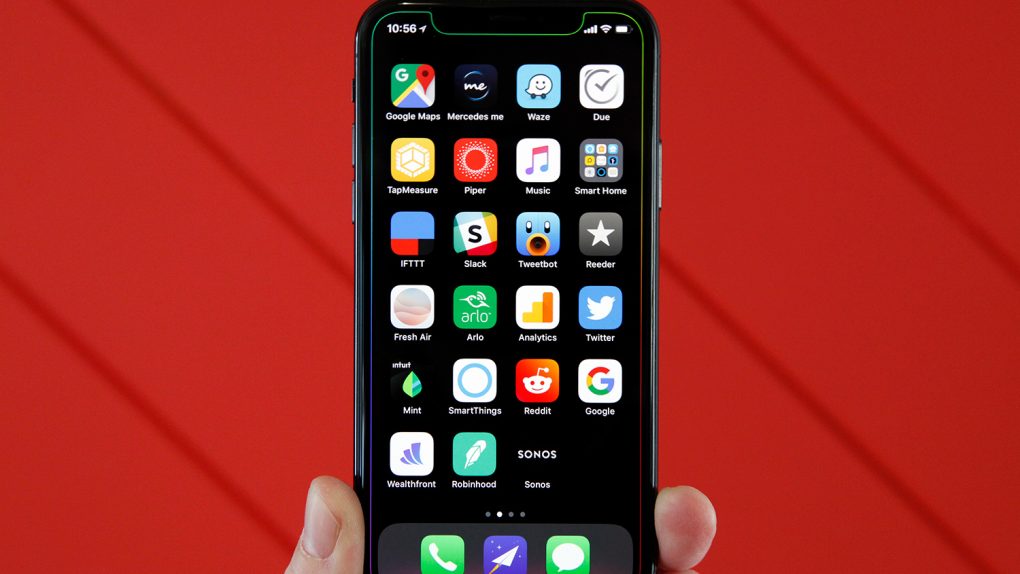It’s very nearly time for Apple to announce its 2018 iPhones, which means that it’s also time for the early adopters among us to check our credit card balance. Upgrading every year isn’t as bad of a financial idea as it might sound — actually, I’ve argued in the past that it can cost the same as upgrading every three years — but even if you’ve done everything right, the moment of reconing (and accepting the reality of depreciation) is when you sell your old phone and buy a new one.
According to a new study from Music Magpie, an electronics reseller in the UK, the iPhone X has depreciated roughly 32% since it was released. Given the phone’s $999 asking price, that means a year of ownership will cost you $320. That might sound like a lot, but it’s actually a remarkable achievement for the iPhone X, and shows that the depreciation isn’t as bad as we might have imagined.
According to Music Magpie’s data, the iPhone X has depreciated the least among all iPhones, at least when taken as a raw percentage. The iPhone X depreciated by 32%, whereas the iPhone 8 Plus was down 43%, the iPhone 8 45%, and the Google Pixel 2 a rather worrying 74%.
It’s always been true that iPhones hold their value much better than Android devices, so that isn’t surprising; what is is that the iPhone X lost nearly the same amount in value, when measured in simple dollars, as other iPhones. That’s great news for any frequent upgraders, because if we ignore the one-time upfront cost, it means that the true cost of owning a $1,000 flagship phone for a year is actually the same as owning a $700 phone for a year: $320.
Music Magpie’s data doesn’t give us the full picture, of course, since it’s just one place to sell phones. But the relatively high residual value of the iPhone X is excellent news for Apple, since it makes yearly upgrades a little more affordable. Most importantly, it will make selling its new mid-range iPhones even easier.










